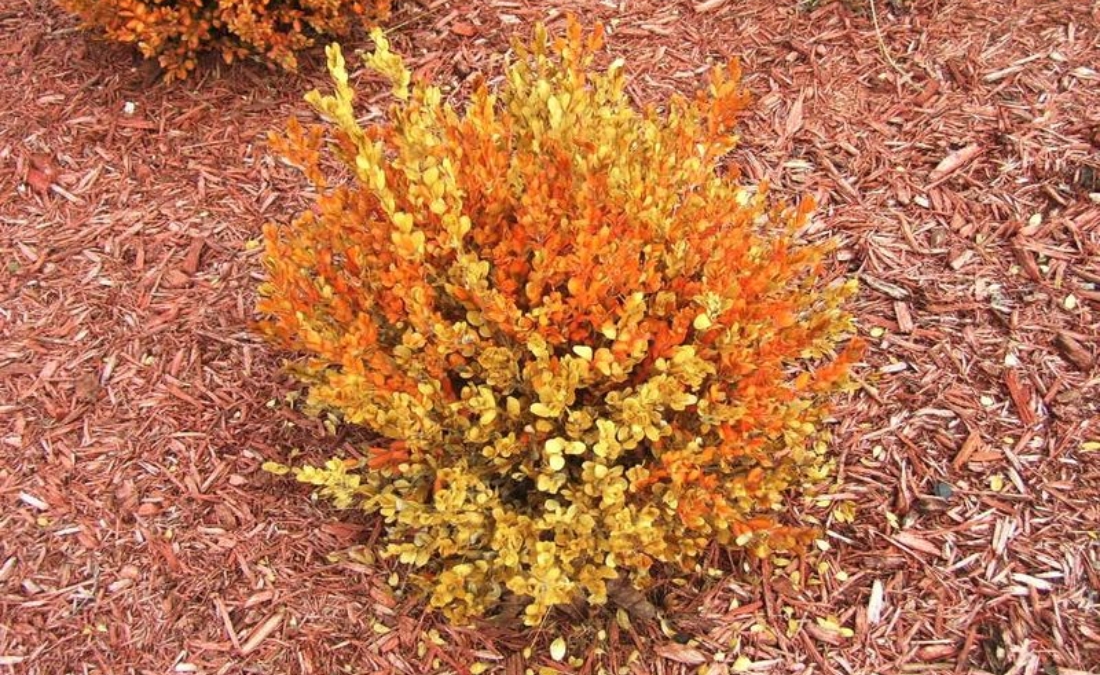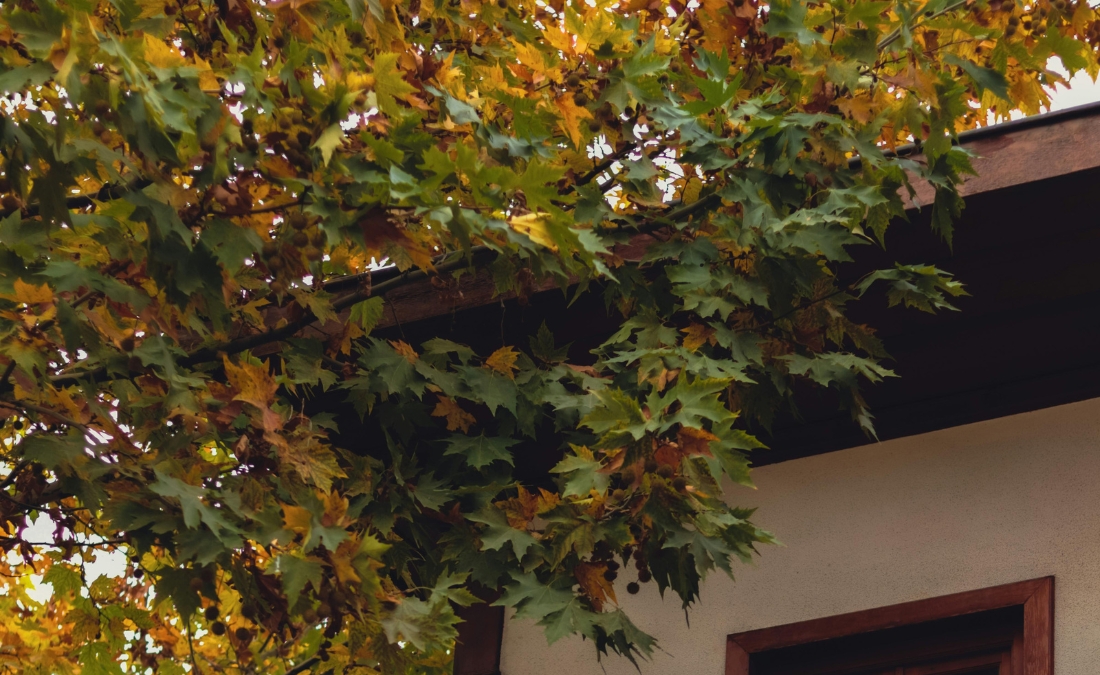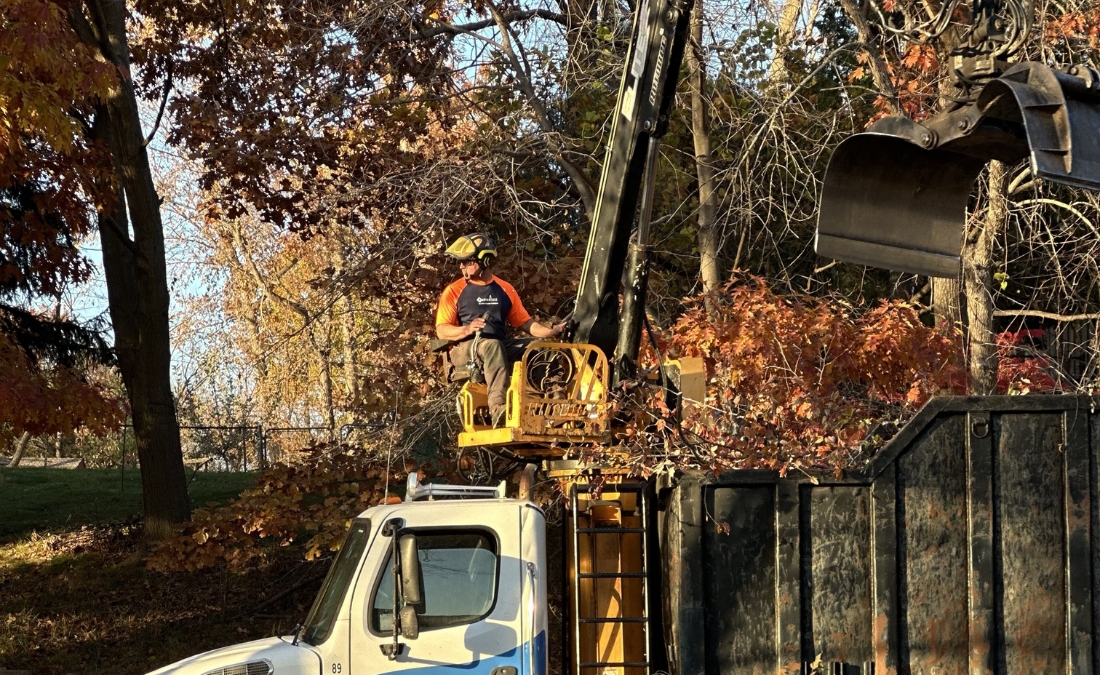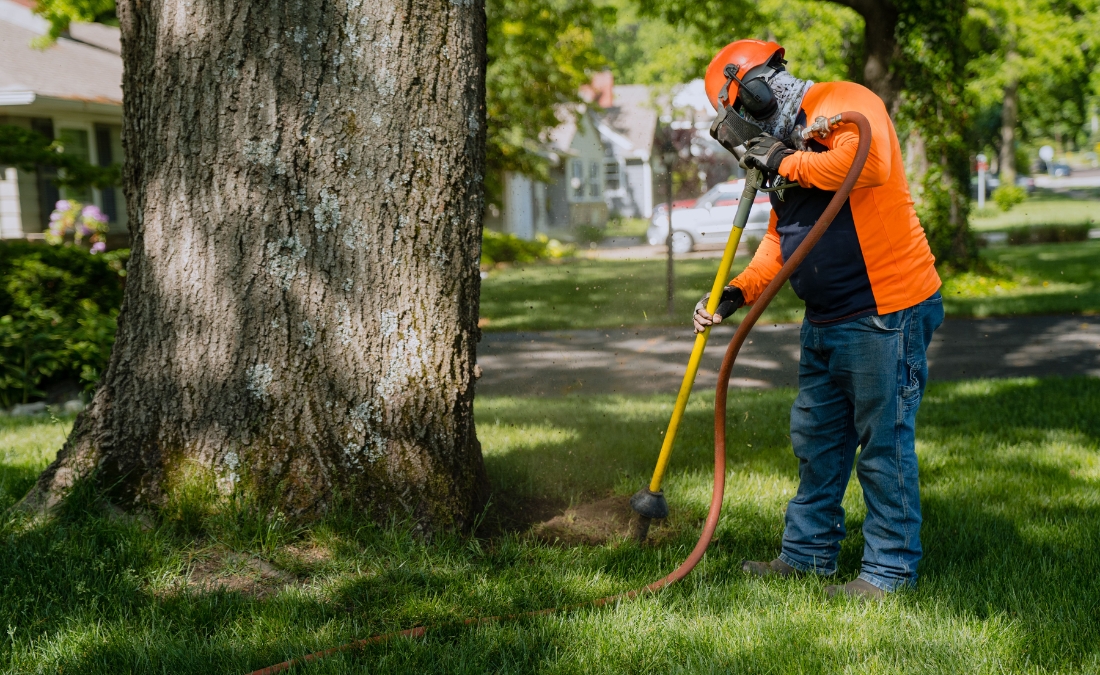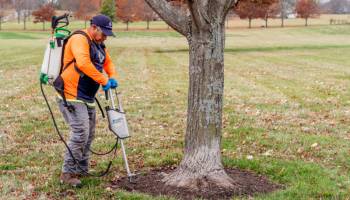Professional Tree Pruning Services
Tree pruning is more than just cutting off a few branches with a chainsaw or a pair of shears. It’s a skilled craft that requires a deep understanding of tree biology, growth patterns, and safety protocols. Our certified arborists use a variety of pruning techniques to achieve different goals, but their focus is always on preserving the tree’s health and vitality.
Standard Pruning: Balanced Maintenance
Focus Areas:
Ideal For:
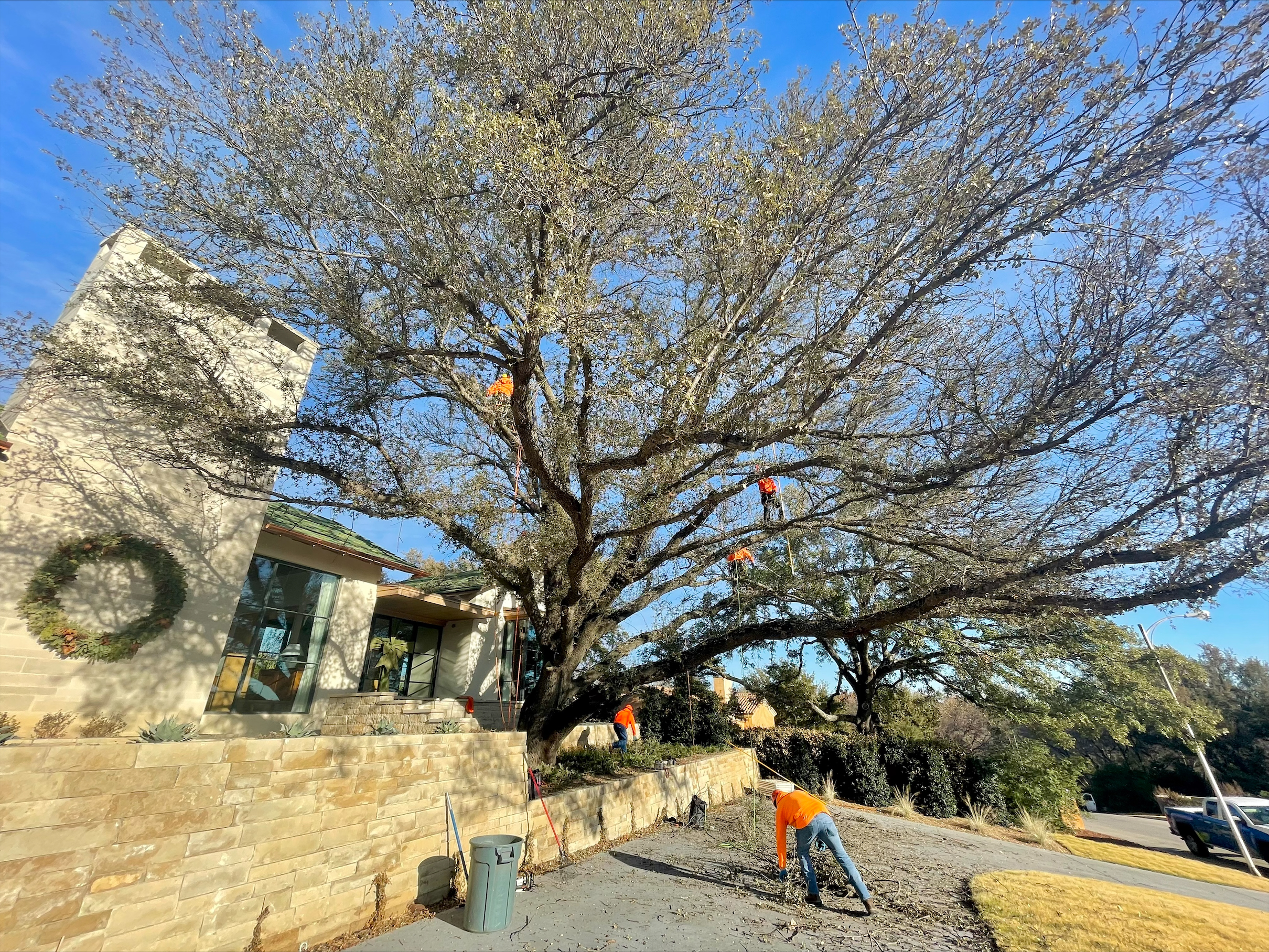
Structural Pruning: Building a Strong Foundation
Focus Areas:
Ideal For:
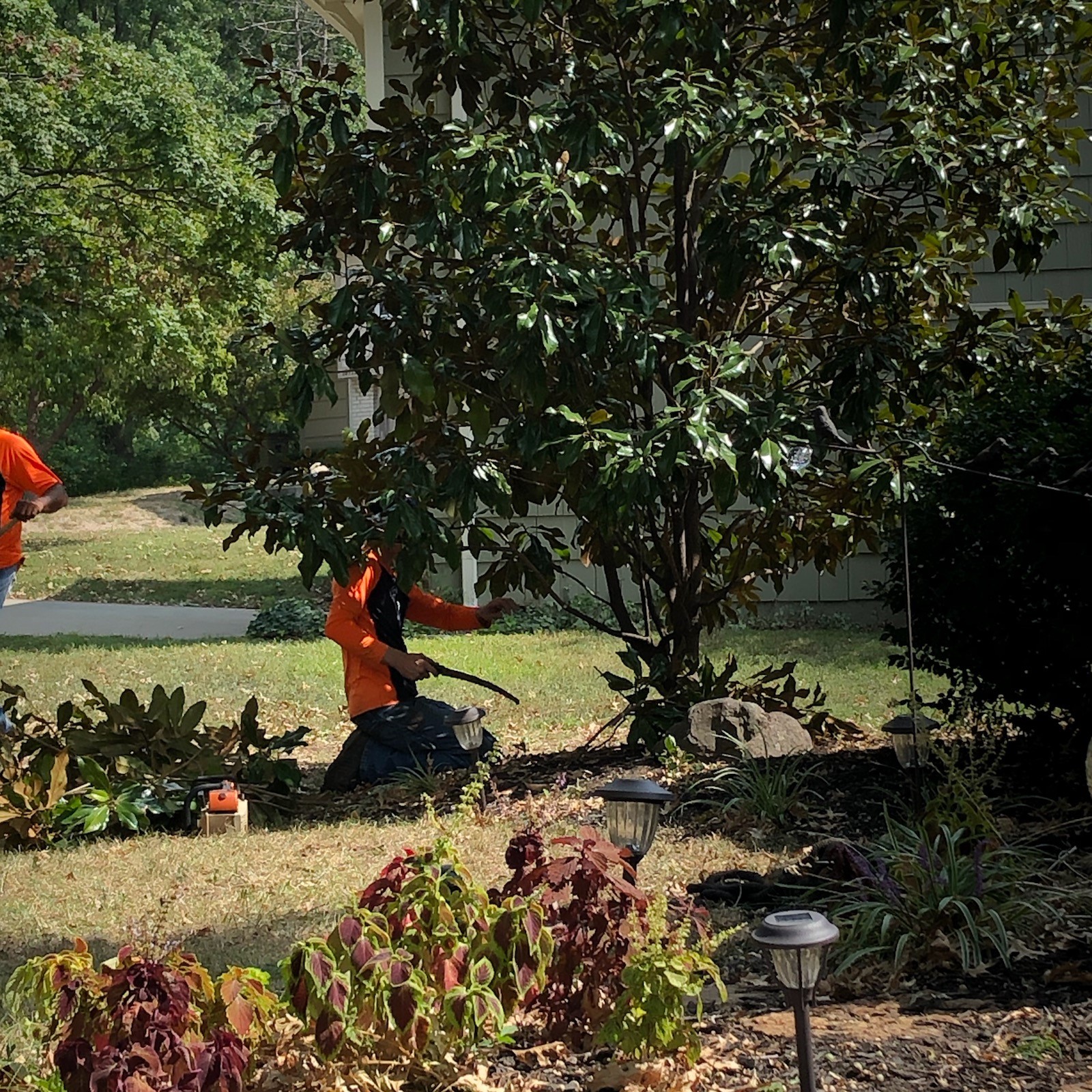
Priority Pruning: Protecting Tree Health
Focus Areas:
Ideal For:
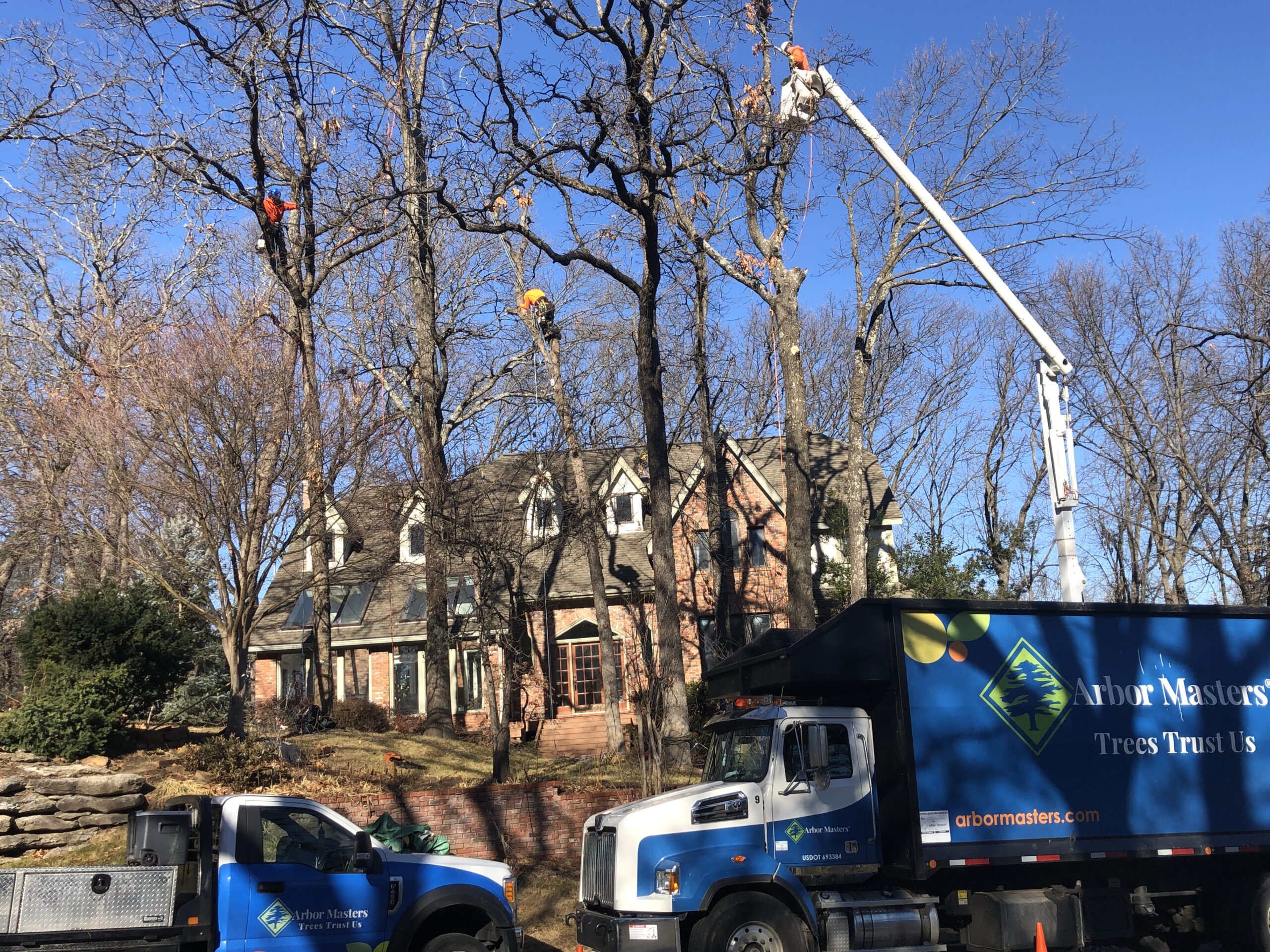
Restoration Pruning: Healing Past Trauma
Focus Areas:
Ideal For:
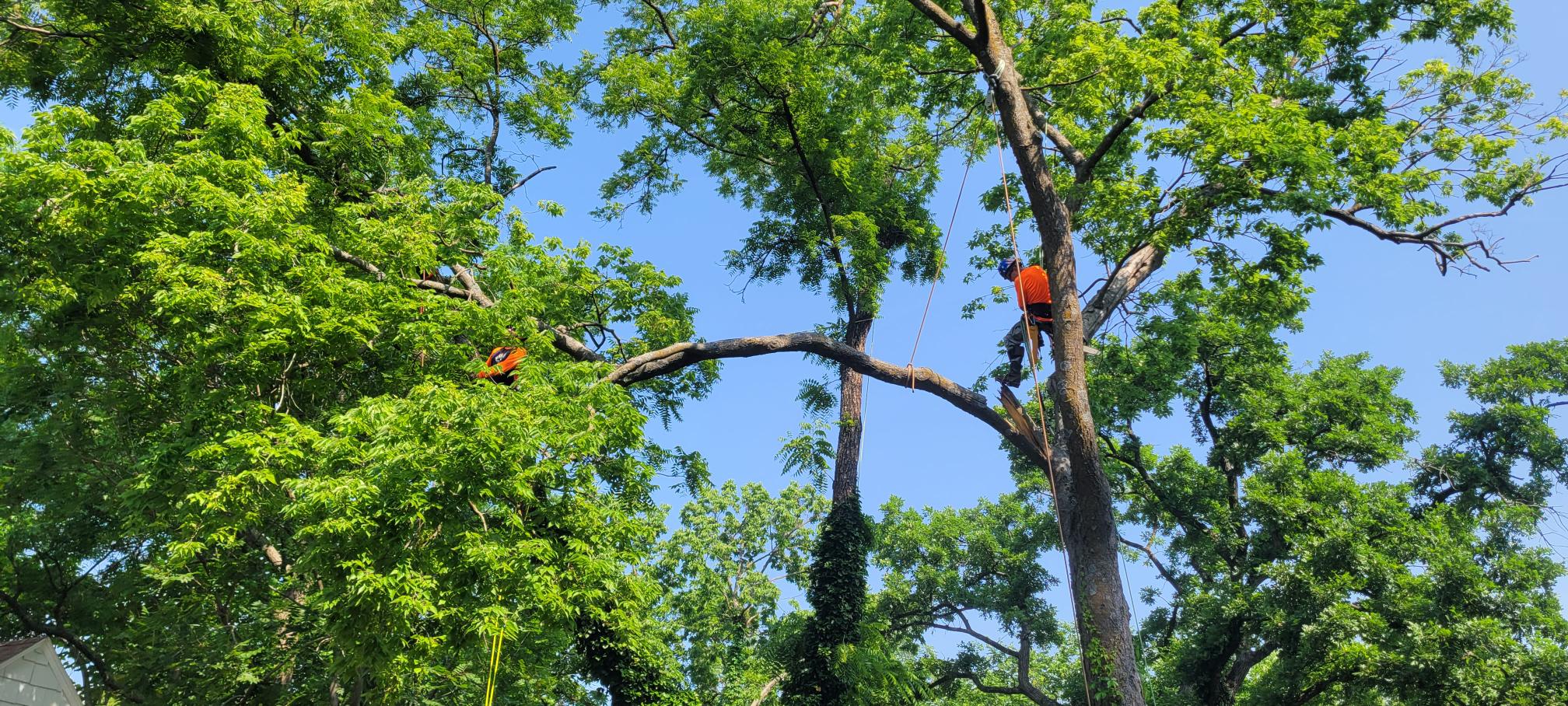
Retrenchment Pruning: Managing Decline
Focus Areas:
Ideal For:
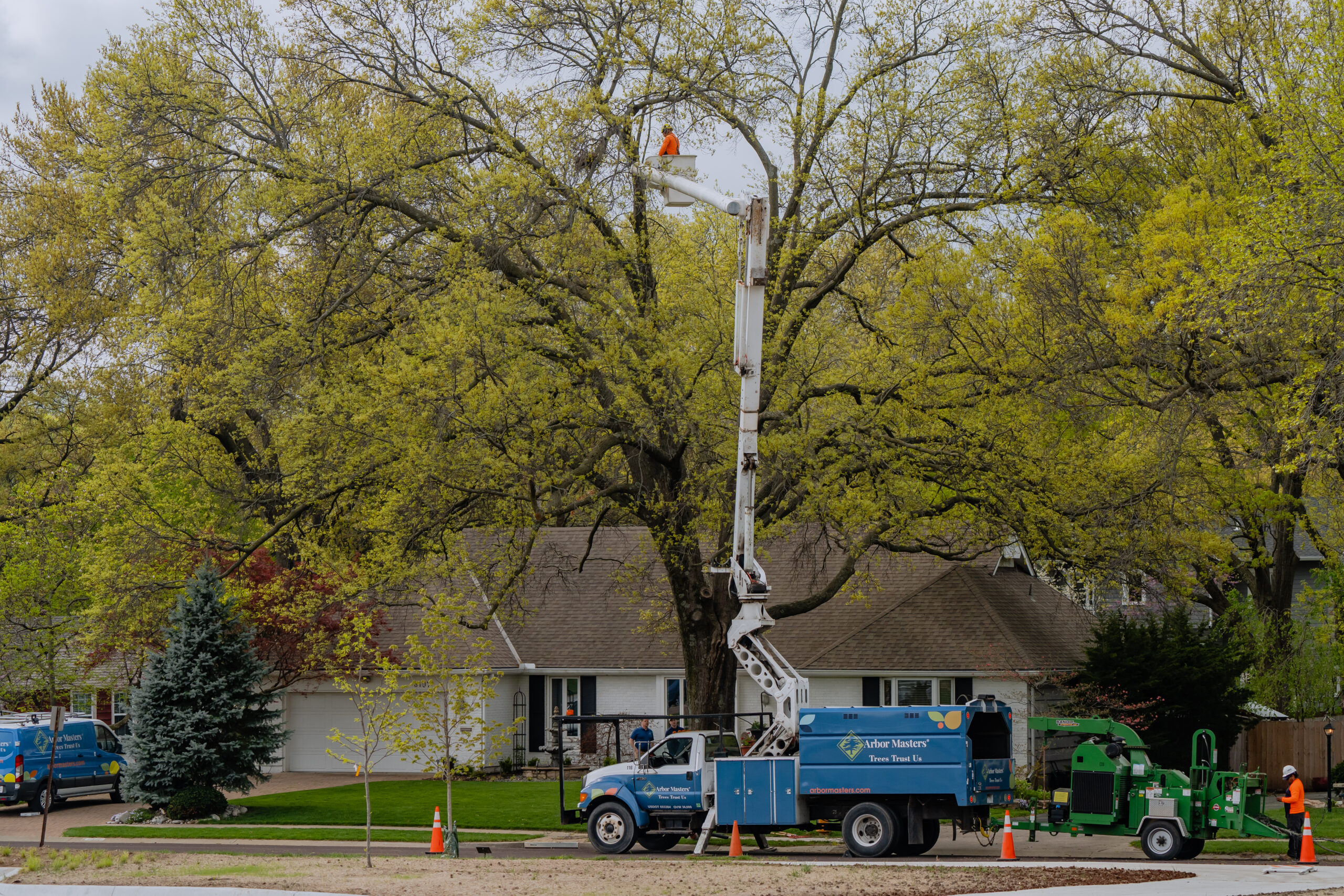
Sanitation Pruning: Preventing Spread of Issues
Focus Areas:
Ideal For:
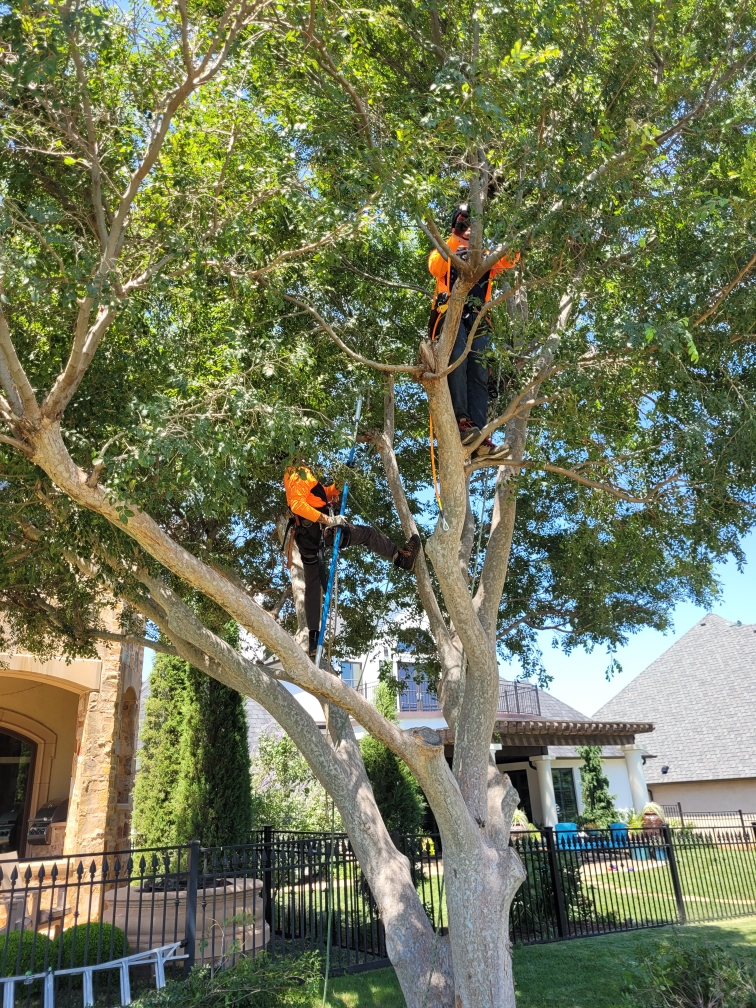
Specified Pruning: Tailored to Your Tree’s Needs
Focus Areas:
Ideal For:
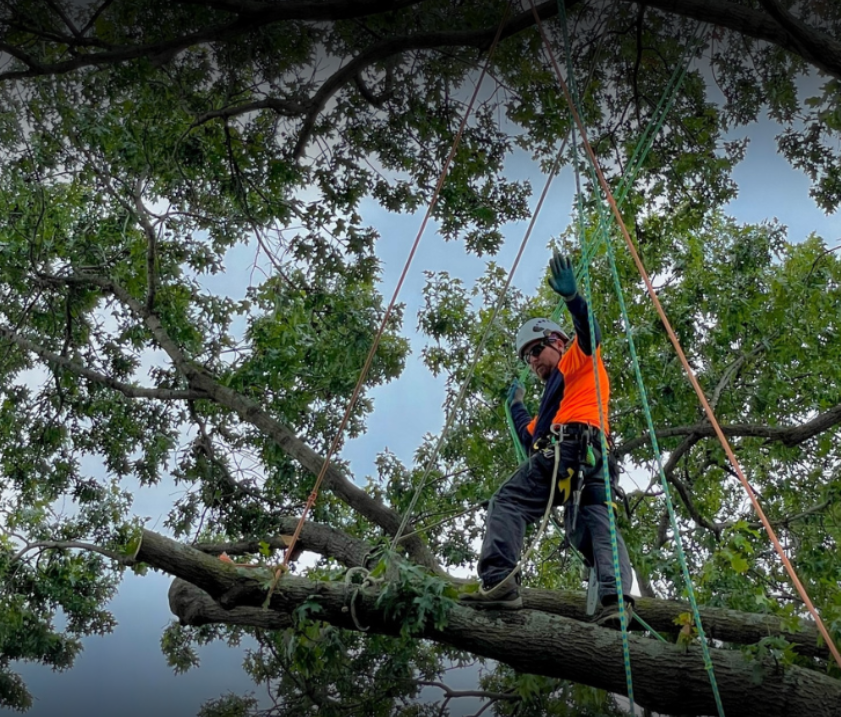
Signs It’s Time to Prune a Tree
Is your tree looking unhealthy or overgrown? If you notice any of the following signs, it’s likely time to schedule a professional tree pruning service:
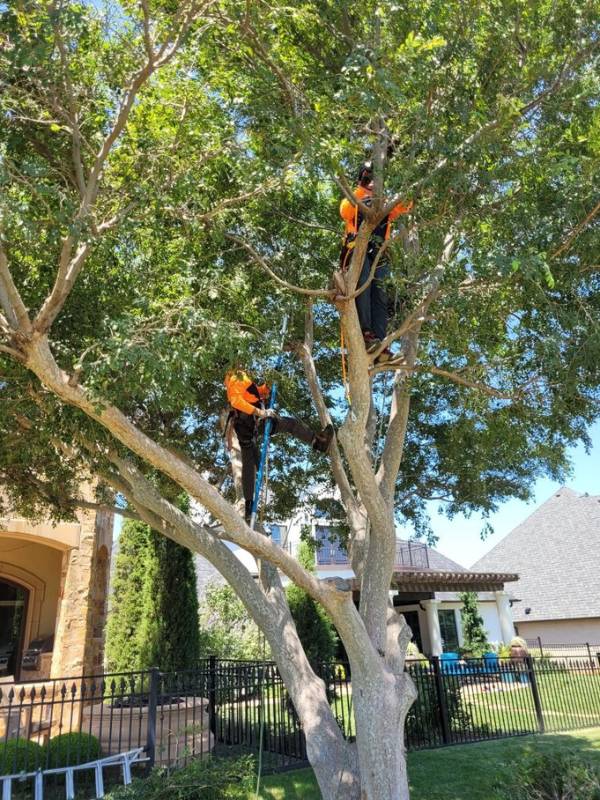
5 Reasons to Choose Arbor Masters Pruning Services
At Arbor Masters, tree care isn’t just our job – it’s our craft. We combine expert knowledge with a genuine respect for trees and the landscapes they shape. Whether we’re pruning a single limb or managing a multi-acre canopy, our focus is always the same: doing what’s best for the tree – and for you.
Certified and Accredited Tree Care Professionals
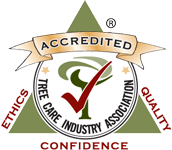

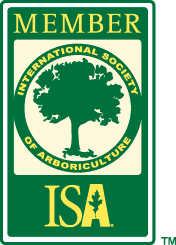

What to Expect When You Hire Arbor Masters
At Arbor Masters, we are committed to providing exceptional tree care services. Here are just a few reasons why you should choose us:
Site Visit & Tree Inspection
A Certified Arborist will conduct a thorough evaluation of your trees, taking into account their health, size, location, and any potential hazards. We’ll discuss your specific goals and provide personalized recommendations.
Plan & Written Proposal
Based on our assessment, we’ll develop a detailed pruning plan that outlines the scope of work, estimated timeline, and associated costs. We’ll ensure that the plan aligns with your goals and addresses any safety concerns.
Expert Pruning Techniques
Our highly skilled team uses proven pruning techniques that adhere to ANSI A300 standards, ensuring the health and safety of your trees. We’ll select branches for removal, making precise cuts to promote healing and prevent disease.
Cleanup & Walkthrough
After completing the pruning work, we’ll meticulously clean up the site, removing all debris, and leave behind no trace of our presence. We’ll also provide post-pruning care instructions and recommendations for ongoing tree maintenance.
Timing: When Is the Best Time to Have Your Trees Pruned?
While most tree pruning is best done during a tree’s dormancy in winter, there are exceptions depending on the specific circumstances. For example:
Storm Damage Pruning: This can be done year-round to remove hazardous limbs and prevent further damage.
Spring Pruning: Light pruning to remove dead limbs can be performed in spring.
Summer Pruning: Corrective pruning or deadwooding can be done during summer.
Fall Pruning: Fall is a great time to focus on hazard reduction before winter weather arrives to minimize the risk of damage from storms or heavy snowfall.
Why We Don’t Top Trees
Topping trees is a harmful practice that can cause serious damage to the tree. When a tree is topped, its branches are cut back to stubs, leaving it vulnerable to disease, pests, and structural failure. Instead of topping, we recommend one of our pruning techniques to maintain the tree’s health and beauty.
Our Service Area
We proudly serve multiple cities across multiple states. Whether you’re in Texas, Oklahoma, Kansas, Missouri, or Iowa, we’re here to help. If you’re unsure whether your location is within our service area, please don’t hesitate to call us at (800) 256-4193.
Find your nearest location and schedule a consultation today!
Tree Pruning FAQs
Tree Pruning Resources
Want to learn more about tree pruning? Our blog is packed with helpful tips, expert advice, and industry news. From understanding the best time to prune to learning about different pruning techniques, our blog has everything you need to know.
How to Protect Your Des Moines Trees from Salt Damage This Winter
Are Overhanging Trees Putting Your Insurance Coverage at Risk?
5 Factors That Affect Large Tree Removal Cost in Johnson County
If Your Fort Worth Trees Aren’t Thriving, a Buried Root Flare Issue Might Be Why

